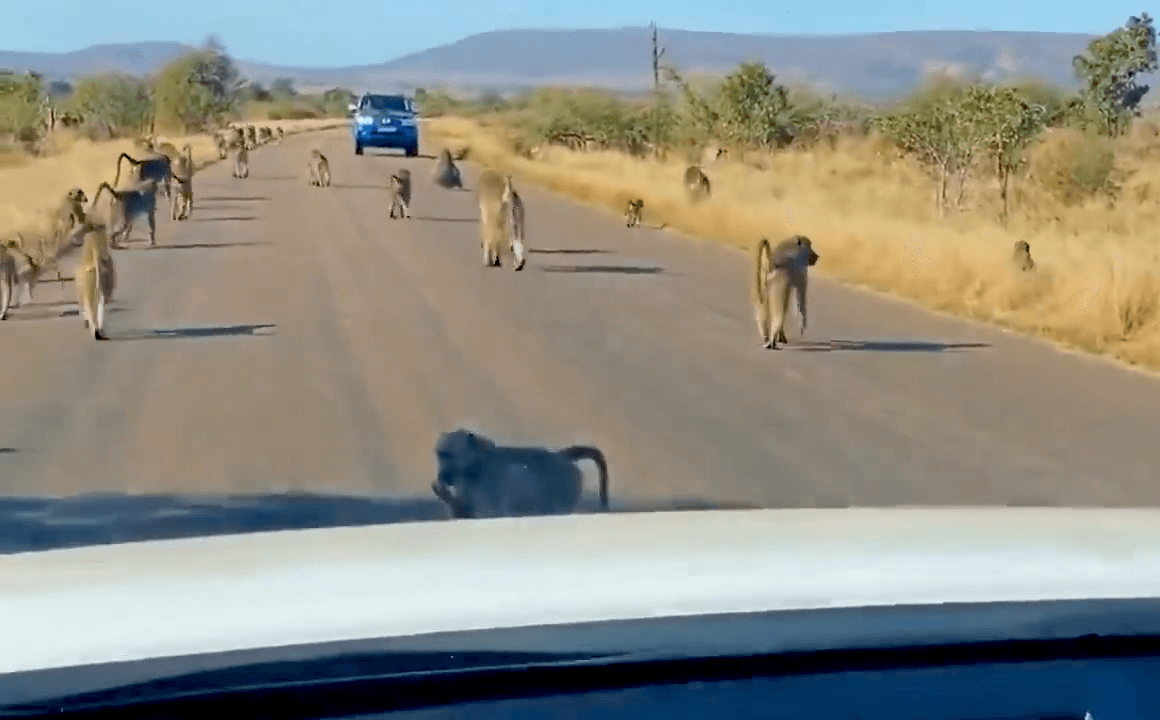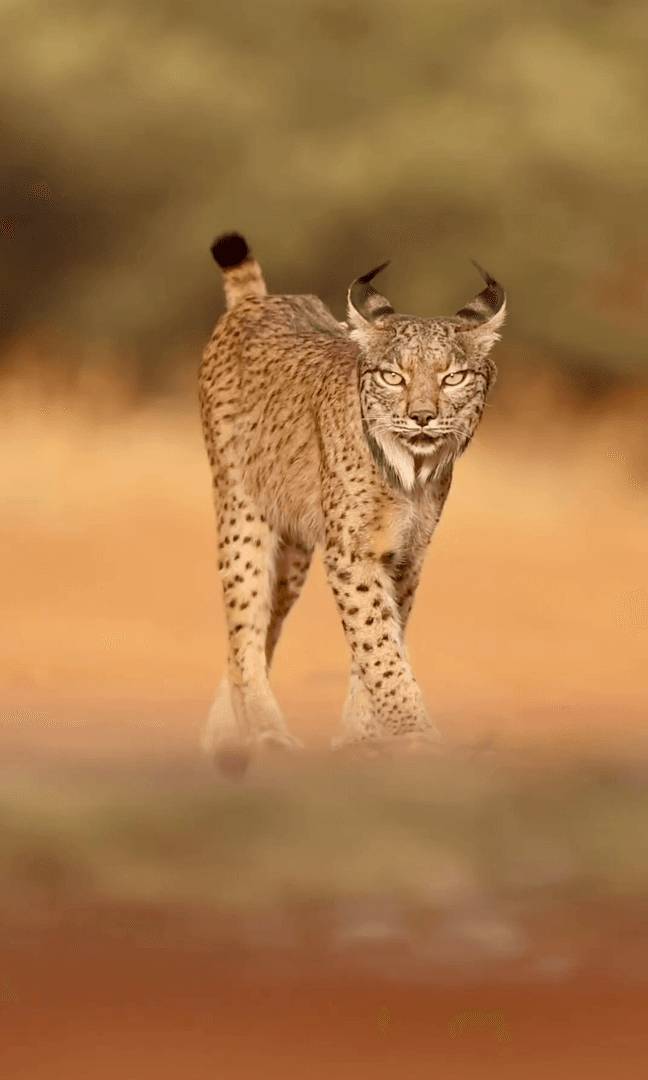
Leopard Hunting in Cameroon: A Hunter's Guide This article provides a comprehensive overview of leopard hunting in Cameroon, covering everything from regulations and hunting methods to costs and trophy considerations. Cameroon, often called "Africa in Miniature" due to its diverse landscapes and wildlife, offers a unique opportunity for the discerning hunter: the chance to pursue the elusive leopard. Is Leopard Hunting Legal in Cameroon? Yes, it is, with strict regulations. Leopard hunting is controlled through a quota system and requires specific permits. Hunting is usually done in the presence of licensed guides to avoid any violations of the law. General Information Leopards ( Panthera pardus ) are formidable predators, known for their strength, agility, and adaptability. They are primarily nocturnal, making them a challenging and rewarding trophy for experienced hunters. Hunting Season The hunting season in Cameroon generally runs from December to May. The dry season, partic
Post: 1 March 19:41
















































